Fruit, honey, soda, and carbs drive liver disease
Key Drivers of Non- Alcoholic Fatty Liver Disease:
1. High Fructose Intake: Dietary fructose is found in fruit, honey, table sugar as well as sugary foods and beverages, has been linked to the development of NAFLD due to its unique metabolic pathway. Unlike glucose, which is metabolised by various tissues in the body, fructose is primarily metabolised in the liver. Excessive fructose intake overwhelms the liver's capacity to process it efficiently. When the liver processes excess fructose, it undergoes a series of biochemical reactions that result in increased production of fatty acids and triglycerides. These fatty acids accumulate within liver cells, leading to hepatic steatosis (fatty liver). Additionally, fructose metabolism can generate oxidative stress and trigger inflammation, which are key factors in the progression of NAFLD which can lead to hepatitis, cirrhosis, cancer, and liver failure
2. High Sugar Intake: Excess sugar consumption in all forms can contribute to the development of NAFLD. When you consume high amounts of sugar, including refined sugars found in sugary beverages, snacks, and processed foods, your liver is exposed to a sudden influx of glucose. This triggers an overproduction of insulin, a hormone responsible for regulating blood sugar levels. Over time, constant high insulin levels can lead to insulin resistance, where cells become less responsive to the effects of insulin. Insulin resistance disrupts the normal balance of glucose and fat metabolism in the liver. As a result, the liver starts storing excess glucose as fat, leading to fat accumulation in liver cells. This process, known as hepatic lipogenesis, contributes to the initial phase of fat build-up in the liver. Over time, this fat accumulation can progress to inflammation, oxidative stress, and eventually fibrosis, cirrhosis and liver failure.
3. High Carbohydrate Intake: High carbohydrate intake can contribute to NAFLD through its impact on insulin and glucose regulation. When you consume a large amount of carbohydrates, your body breaks them down into glucose, causing blood sugar levels to rise. This prompts the pancreas to release insulin to facilitate the uptake of glucose by cells. Consistently high carbohydrate consumption can lead to chronically elevated insulin levels and insulin resistance, similar to the mechanisms observed with high sugar intake. Insulin resistance disrupts normal metabolic processes in the liver, leading to increased fat synthesis and storage. Additionally, excess glucose can be converted into fat through a process called de novo lipogenesis, further contributing to hepatic steatosis.
In summary, the dietary factors of high sugar, fructose, and high carbohydrate intake contribute to the development and progression of NAFLD by disrupting normal metabolic processes in the liver. These disruptions lead to fat accumulation within liver cells, inflammation, oxidative stress, and ultimately, fibrosis, cirrhosis, cancer and liver failure. Individual responses to these dietary factors can vary based on genetics, lifestyle, and overall health. Always consult with your doctor.
-
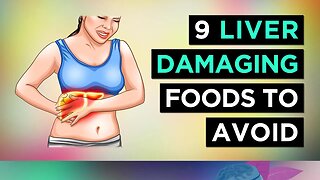 12:05
12:05
Ryan Taylor Natural Remedies
10 months ago9 Foods That DAMAGE Your LIVER
51 -
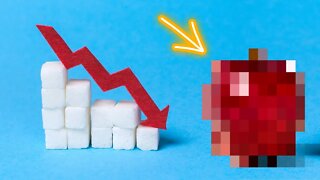 2:15
2:15
Natural Cures
2 years ago $0.01 earnedThe Fruit That Significantly Lowers Blood Sugar Levels
163 -
 3:39
3:39
Natural Cures
1 year ago $0.02 earnedThese 5 Foods May Be Ruining Your Liver
152 -
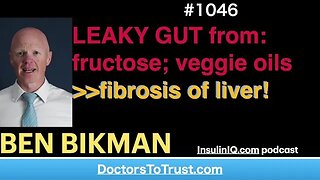 4:18
4:18
Doctors To Trust
10 months agoBEN BIKMAN b CLASSIC | LEAKY GUT from: fructose; veggie oils Leads to fibrosis of liver!
84 -
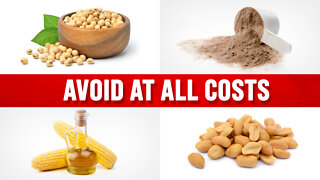 12:13
12:13
Dr. Eric Berg
2 years ago7 Foods That RUIN Your Liver
391 -
 0:28
0:28
Dr. Nick Zyrowski
7 months agoTop Foods That Destroy Your Liver #shorts #wellness #health
136 -
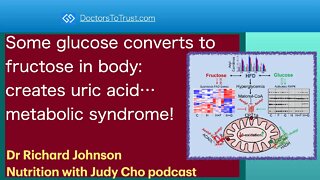 4:38
4:38
Doctors To Trust
1 year agoRICHARD JOHNSON 1 | Some glucose converts to fructose in body: creates uric acid…metabolic syndrome!
81 -
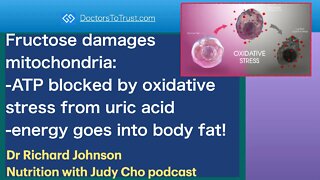 4:16
4:16
Doctors To Trust
1 year agoRICHARD JOHNSON 4 | Fructose damages mitochondria:-ATP blocked by uric acid: generates body fat!
35 -
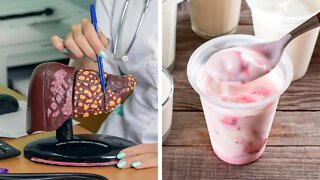 3:40
3:40
Natural Cures
2 years ago $0.03 earned5 Foods That Are Bad for The Liver
91 -
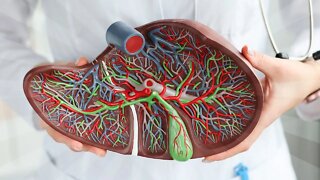 3:56
3:56
Natural Cures
2 years agoEat These Foods To Naturally Cleanse Your Liver
58